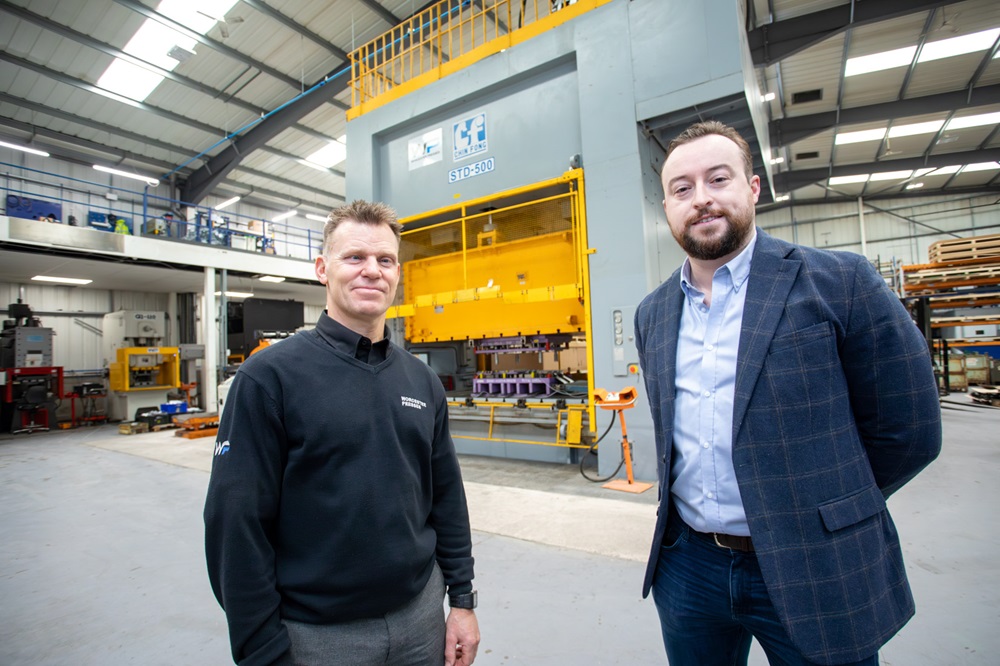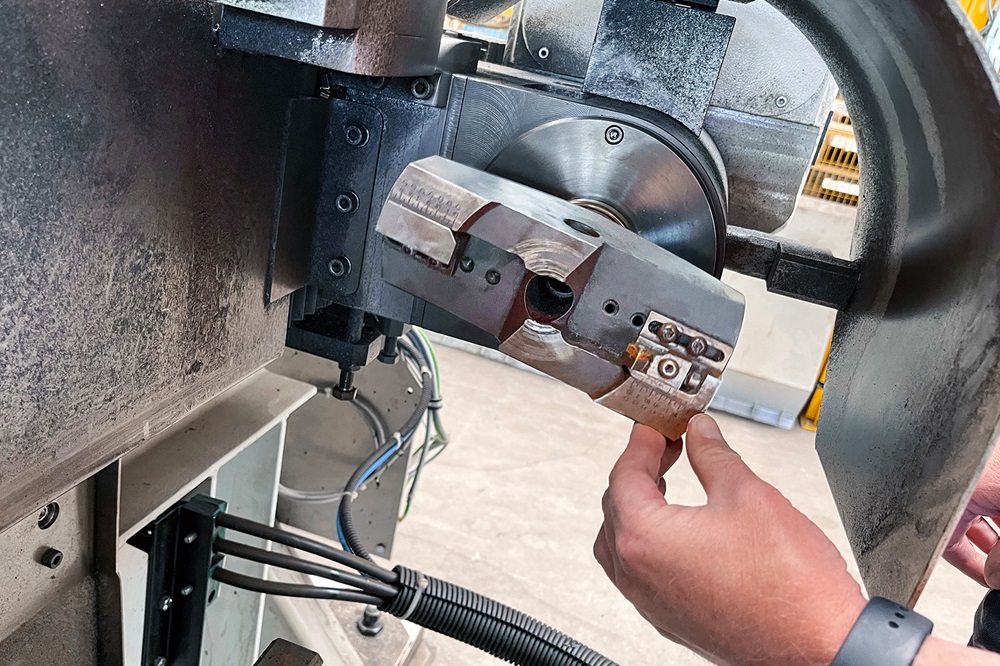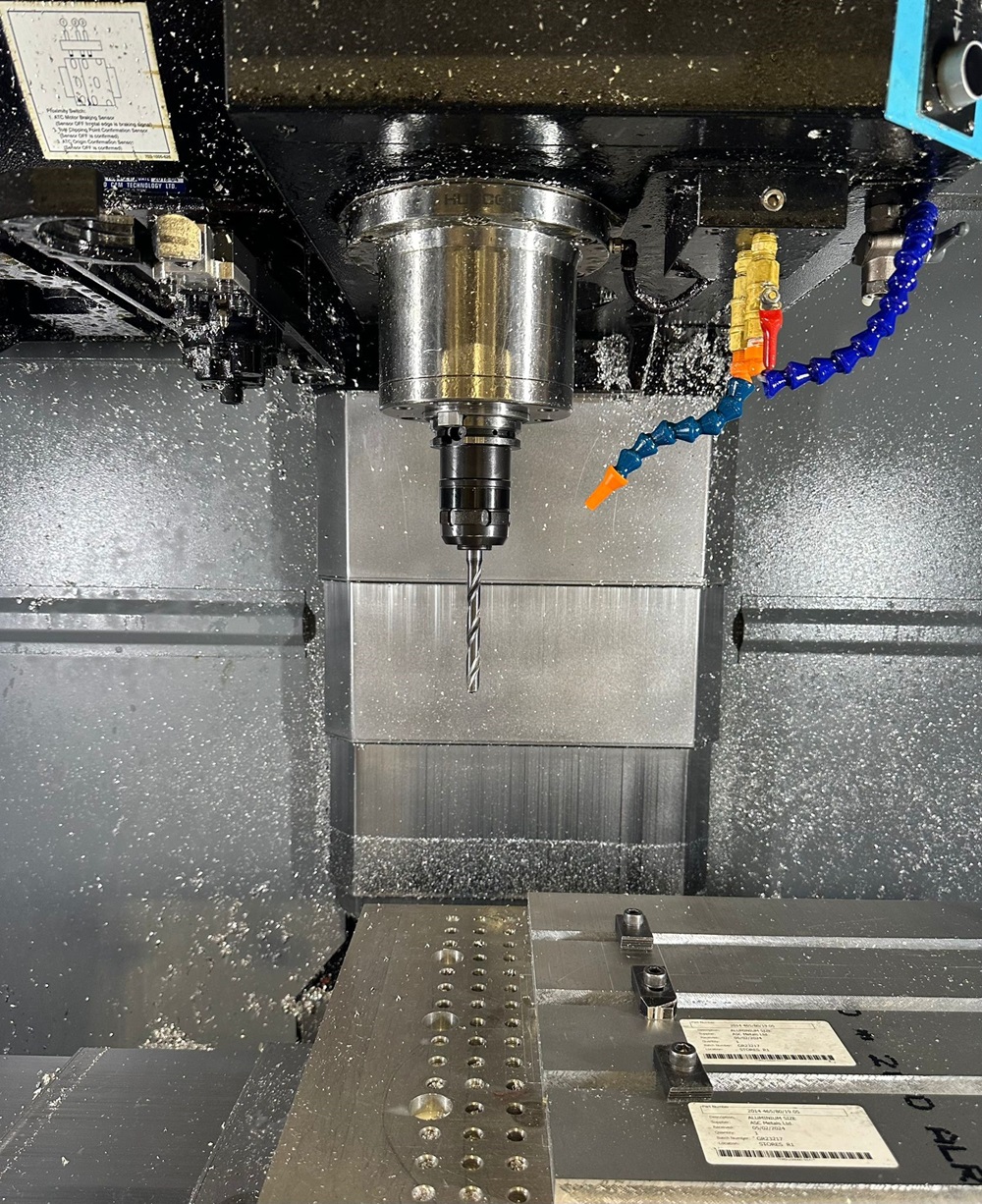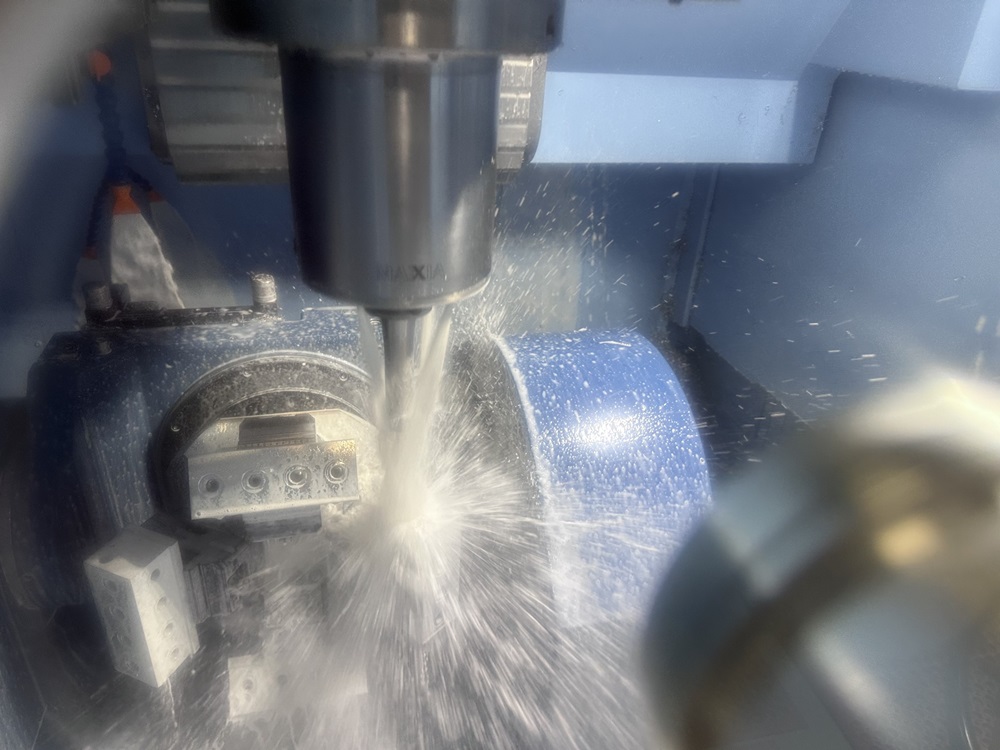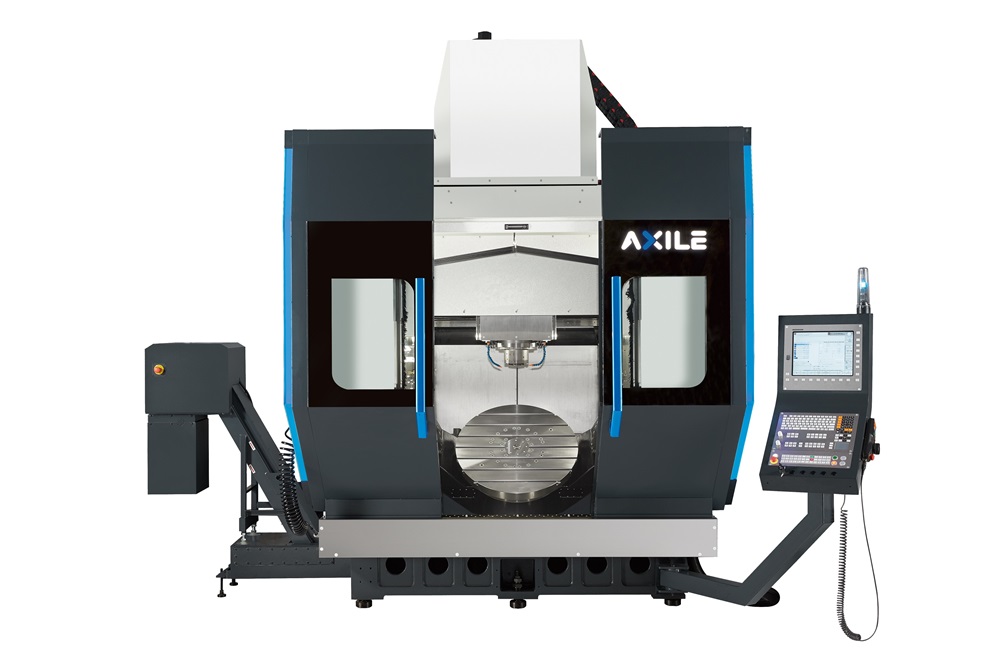A UK sheet metalwork specialist has extended its long-term partnership with Worcester Presses with a new £1m investment. BPL Engineering Group, which employs 40 people at its state-of-the-art facility in Kings Norton, has installed a 500 tonne straight-sided, twin-crank Ching Fong to support its move into medium and high-volume work. The press comes with a large bed, works high up the stroke, and features a 1 m, 3-in-1 Tomac coil line, giving it the capacity to take on large parts destined for cars, trucks and aircraft.
“This latest Chin Fong is our biggest mechanical press to date and gives us additional capacity to take on complex progression tools in medium to high volumes,” explains Matt Adams, operations director at BPL Engineering Group. “There’s a lot of opportunity to service contracts with automotive clients and this machine will hopefully help us engage in new sectors requiring complex metal stamping where we can offer bespoke tooling solutions.”
Installation, including a new isolated pit to cut vibrations, is now complete and BPL is looking to start running products off in the next few weeks. The company is training four operators, including apprentices.
“We know what we’re getting with the Chin Fong: great reliability, superb accuracy and strong performance,” says Adams. “However, the relationship we have with Worcester
Presses is the real reason we keep turning to this press manufacturer. Russell Hartill and his team understand our business and the market opportunity and then put together tailored turnkey packages that not only meet, but surpass our performance expectations. The service and maintenance offers are also top class.”
For further information www.worcesterpresses.co.uk






